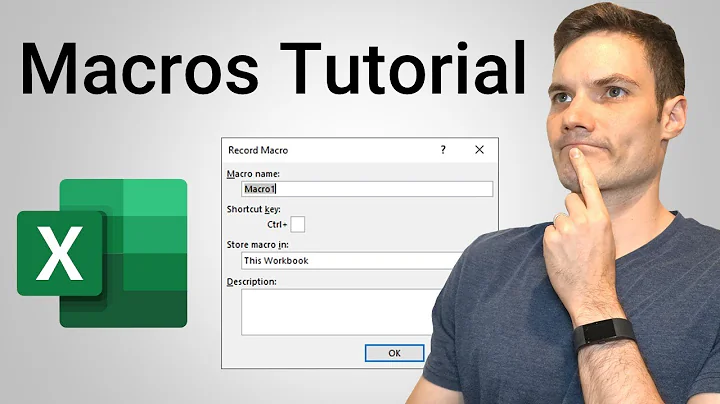How to write a custom derive macro?
-
Create a crate for your procedural macros:
cargo new my_derive --lib -
Edit the Cargo.toml to make it a procedural macro crate:
[lib] proc-macro = true -
Implement your procedural macro:
extern crate proc_macro; use proc_macro::TokenStream; #[proc_macro_derive(MyMacroHere)] pub fn my_macro_here_derive(input: TokenStream) -> TokenStream { // ... } -
Import the procedural macro and use it:
extern crate my_derive; use my_derive::MyMacroHere; #[derive(MyMacroHere)] struct Example { id: i64, value: Option<String>, }
The hard part is in implementation of the macro. Most people use the syn and quote crates to parse the incoming Rust code and then generate new code.
For example, syn's documentation starts with an example of a custom derive. You will parse the struct (or enum or union) and then handle the various ways of defining a struct (unit, tuple, named fields). You'll collect the information you need (type, maybe name), then you'll generate the appropriate code.
See also:
- How to Write a Custom
deriveMacro - Documentation for
proc_macro - Documentation for
syn - Documentation for
quote - Is it possible to add your own derivable traits, or are these fixed by the compiler?
Related videos on Youtube
Lev
Updated on June 12, 2022Comments
-
Lev almost 2 years
I'm trying to write my own derive mode macro in Rust, and the documentation on it is somewhat lacking in examples.
I have a struct like:
#[derive(MyMacroHere)] struct Example { id: i64, value: Option<String>, }I want my macro to generate a method à la
fn set_fields(&mut self, id: i64, value: Option<String>) { // ... }What are the basic steps to use the
TokenStreamtrait to achieve something like that?-
 Joe Clay over 5 yearsThe reference probably isn't the best place to go for documentation on procedural macros - have you read the 'Macros' appendix from the Rust book and the API docs for the
Joe Clay over 5 yearsThe reference probably isn't the best place to go for documentation on procedural macros - have you read the 'Macros' appendix from the Rust book and the API docs for theproc_macrobuilt-in library? They'd be the best places to start, in my opinion. -
 Joe Clay over 5 yearsThe general gist of how procedural macros work is that they take in a
Joe Clay over 5 yearsThe general gist of how procedural macros work is that they take in aTokenStream(in this case, it'd be the tokens that make up the definition ofExample), and then run a piece of code that generates a newTokenStreamto add to the program (this would be the tokens that make up theset_fieldsdefinition). People generally use thesyncrate to translate the input tokens to a proper Rust syntax tree, and thequotecrate to generate the output.
-
-
ehdv over 5 yearsTo make parsing easier, I've built darling. It exposes a
serde-like API where you define a struct for the arguments your macro needs, and then pass it asyn::DeriveInput. It handles parsing, field validation, duplicate field checking, and error creation.







